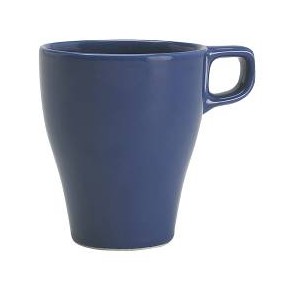
|
Tee-Seminar der AG KramerZeit und Ort:
|
Inhalt:
Mitglieder der Arbeitsgruppe und Gäste tragen über ihre laufenden Forschungsarbeiten vor, oder über Themen, die uns interessieren. Wenn Sie am Seminar über ZOOM teilnehmen möchten, schicken Sie bitte eine e-mail an Dr. Varghese.
Vorträge:
- 03.11.2020 Alexander Engel (Münster) Compactifications and Combings
- 10.11.2020 Philip Möller (Münster) Abstract group actions of locally compact groups on CAT(0) spaces
- 17.11.2020 Yassine Guerch (Paris-Saclay) Rigidity in the automorphism group of a universal Coxeter group
- 01.12.2020 Nima Hoda (Paris) Crystallographic Helly Groups
- 08.12.2020 Annette Karrer (Technion) Contracting boundaries of right-angled Coxeter groups
- 15.12.2020 Timothée Marquis (UCLouvain) Structure of conjugacy classes in Coxeter groups
- 09.02.2021 Aleksandra Kwiatkowska (Münster) Topological groups beyond locally compact
- 02.03.2021 Sam Corson (University of Bristol) Some exotic finite-like groups
Abstract: Assume that a group G acts freely and cocompactly on a contractible space X. If X admits a nice compactification to which the group action extends continuously, then many properties of the boundary-at-infinity of X are related to properties of the group G. In this talk I will firstly give an overview of this setup and corresponding results, and secondly discuss how to construct such nice compactifications starting from a combing on X.
Abstract: We study abstract group actions of locally compact Hausdorff groups on CAT(0) spaces. Under mild assumptions on the action we show that it is continuous or has a global fixed point. This mirrows results by Dudley and Morris-Nickolas for actions on trees. As a consequence we obtain a geometric proof for the fact that any abstract group homomorphism from a locally compact Hausorff group into a torsion free CAT(0) group is continuous.
Abstract: A Helly graph is a graph in which the metric balls form a Helly family: any pairwise intersecting collection of balls has nonempty total intersection. A Helly group is a group that acts properly and cocompactly on a Helly graph. Helly groups simultaneously generalize hyperbolic, cocompactly cubulated and C(4)-T(4) graphical small cancellation groups while maintaining nice properties, such as biautomaticity. I will show that if a crystallographic group is Helly then its point group preserves an L^{\infinity} metric on \R^n. Thus we will obtain some new nonexamples of Helly groups, including the 3-3-3 Coxeter group, which is a systolic group. This answers a question posed by Chepoi during the recent Simons Semester on Geometric and Analytic Group Theory in Warsaw.
Abstract: In this talk, I will speak about my PhD project that concerned contracting boundaries of right-angled Coxeter groups. A complete CAT(0) space has a topological space associated to it called the contracting or Morse boundary. This boundary captures how similar the CAT(0) space is to a hyperbolic space. Charney--Sultan proved this boundary is a quasi-isometry invariant, i.e. it can be defined for CAT(0) groups. Interesting examples arise among contracting boundaries of right-anlged Coxeter groups. We will study the question of how the contracting boundary of a right-anlged Coxeter group changes if we glue certain graphs on its defining graph. We will focus on situations where totally disconnected contracting boundaries are involved.
Abstract: In the talk, I plan to discuss a few important properties of Polish (separable and completely metrizable) groups, none of which can occur for a locally compact group. An example is the so-called ample generics property of a topological group G, which says that for every n the diagonal conjugacy action of G on Gn has a comeager orbit. This property has consequences for how the topological and algebraic structure of the group interact, in particular, it implies the small index property and the automatic continuity property.
Abstract: This talk will be a discussion of infinite groups which share properties with finite groups: in their isometric actions (strongly bounded groups) or in their relationship to proper subgroups (Jonsson groups). There will be a historical review and a presentation of recent constructions of such groups. Includes joint work with Saharon Shelah.

